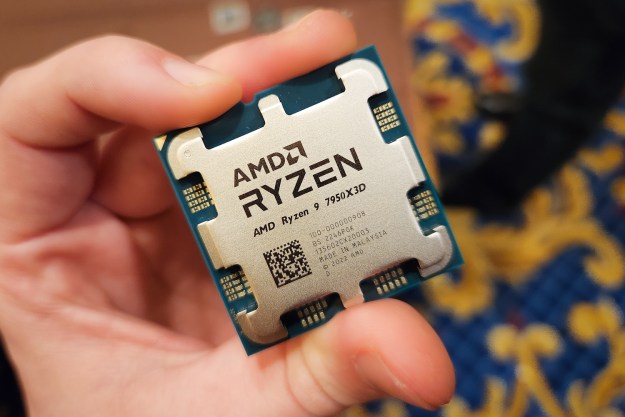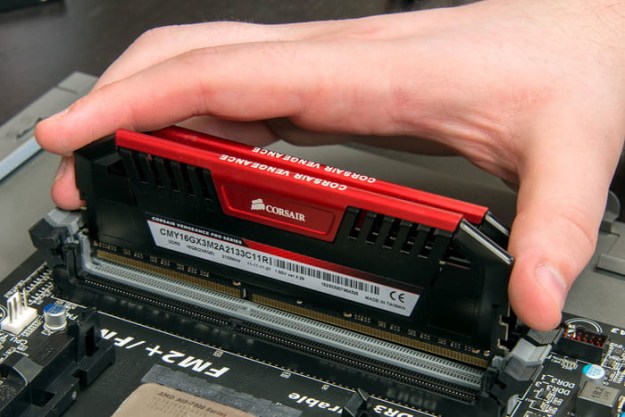
This gigabyte cable service is based on DOCSIS 3.1 technology and made its debut in Atlanta back in March. Short for Data Over Cable Service Interface Specification, the DOCSIS 3.1 standard essentially green lights the ability to push gigabit speeds across Comcast’s existing cable TV system. This standard is capable of around 10 gigabits per second downstream and one gigabit per second upstream.
“We’re delivering on our promise to make Nashville customers among the first in the world to enjoy this new Gigabit technology,” said Comcast Regional SVP Doug Guthrie. “The capabilities of DOCSIS 3.1 are incredibly exciting, and we are proud to be the first to market with a Gigabit offering that runs over our existing cable infrastructure.”
According to Comcast, customers who want to enjoy gigabit speeds need a laptop or desktop with a gigabit Ethernet port for wired connections (10/100/1000). The firm’s machine also needs a dual-core Intel Core i5 processor or better (or AMD equivalent), and a solid-state drive to keep up with the super-fast data transfers. Comcast also suggests the Windows platform for the PC, and OS X on a Mac.
If customers are selected to take a seat in the trial, they will be encouraged to provide Comcast with feedback about the experience and overall service. This will help the company deliver the best possible service as it rolls out to additional cities in the near future. Other areas set to become a “Gig City” include Miami, Chicago, and Detroit.
Comcast introduced its first DOCSIS 3.1-based modem in Philadelphia back in December 2015, and then a second unit in Atlanta just a few days later. In both tests, the modems were installed in the typical living room setup wired with the standard cable connections Comcast has installed across the nation. However, note that Comcast uses a hybrid fiber coaxial network to deliver fast data speeds to its customers.
“The beauty of DOCSIS 3.1 is that it is backwards compatible, so no digging up streets or backyards,” Comcast previously explained. “This technology, when combined with the extensive upgrades we have already completed on our advanced Hybrid Fiber-Coaxial network, will provide more gigabit choices for our customers.”
The new gigabit offering in Nashville will provide download speeds of one gigabit (Gb) per second and upload speeds of 35 megabits (Mb) per second. There is no data cap when customers sign up for the promotional contract, but there is a one terabyte (TB) limit for customers who choose to pay the $140 monthly fee instead. Each additional 50 gigabytes (GB) of data consumed after customers hit the cap is $10, or customers can pay an additional $50 a month to eliminate the data cap altogether.
Trials planned for the three remaining cities are expected to roll out before the end of the year. That said, get ready folks … the jump in speed will be like when consumers ditched the 56K modem for a super-fast broadband connection. Kapow!


